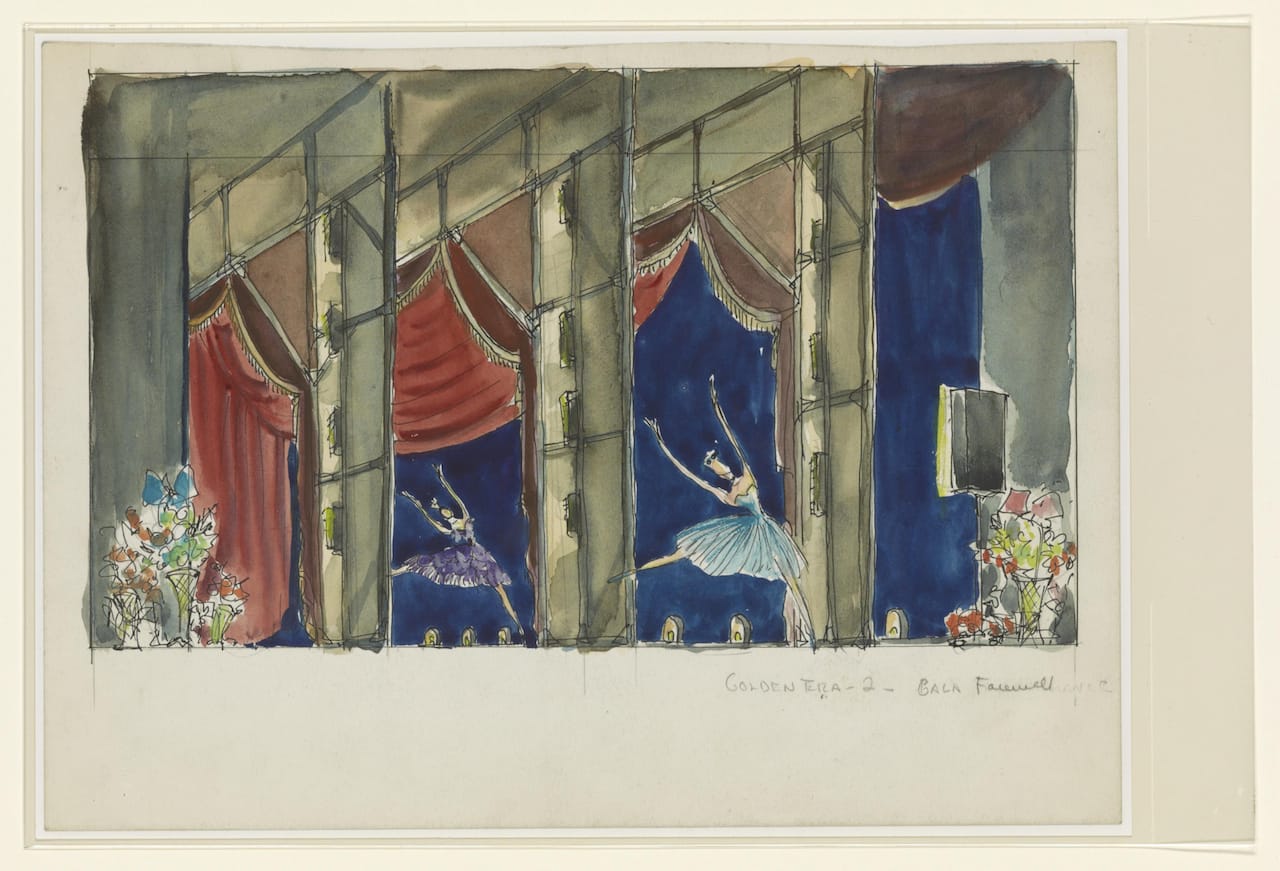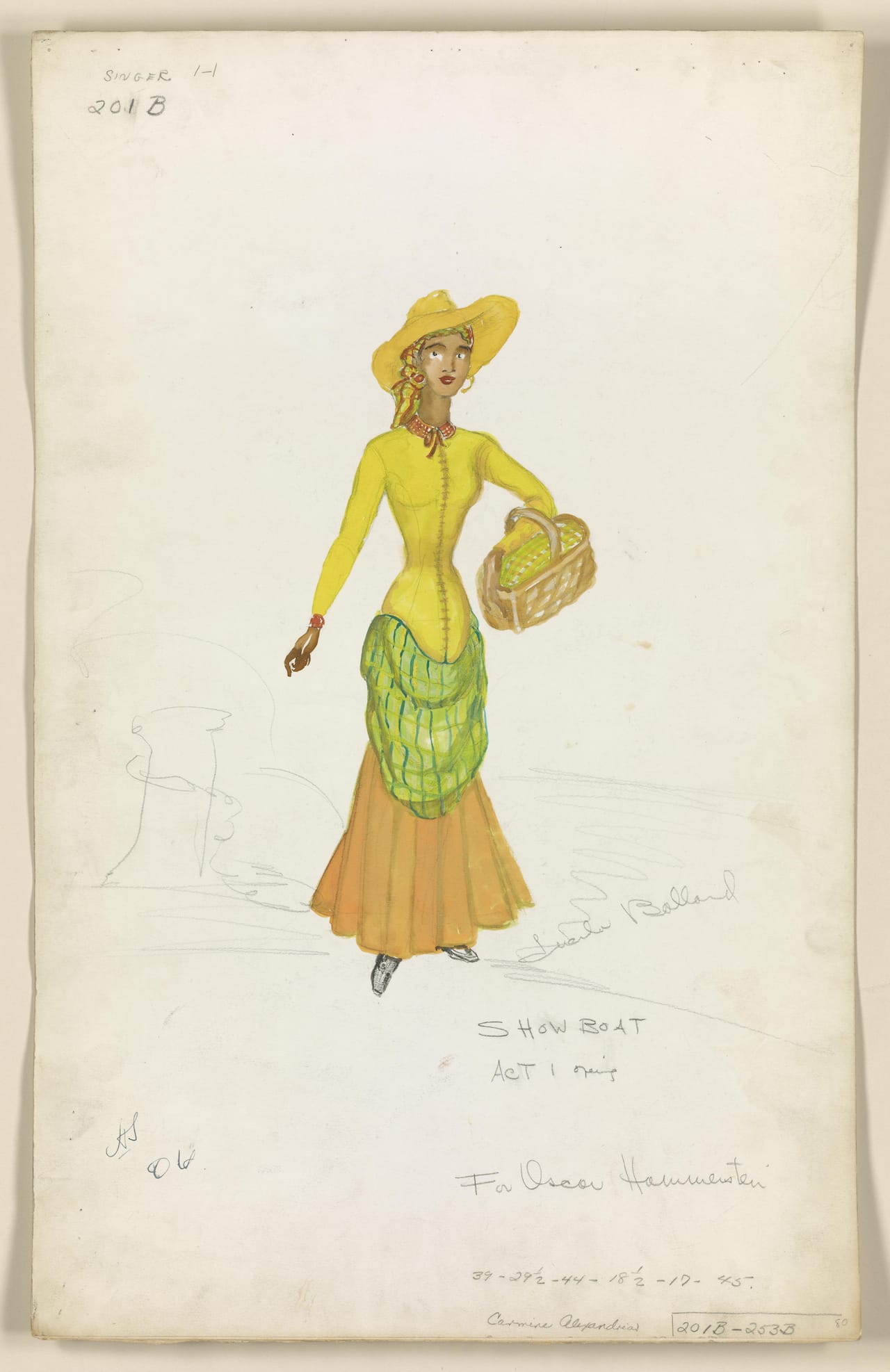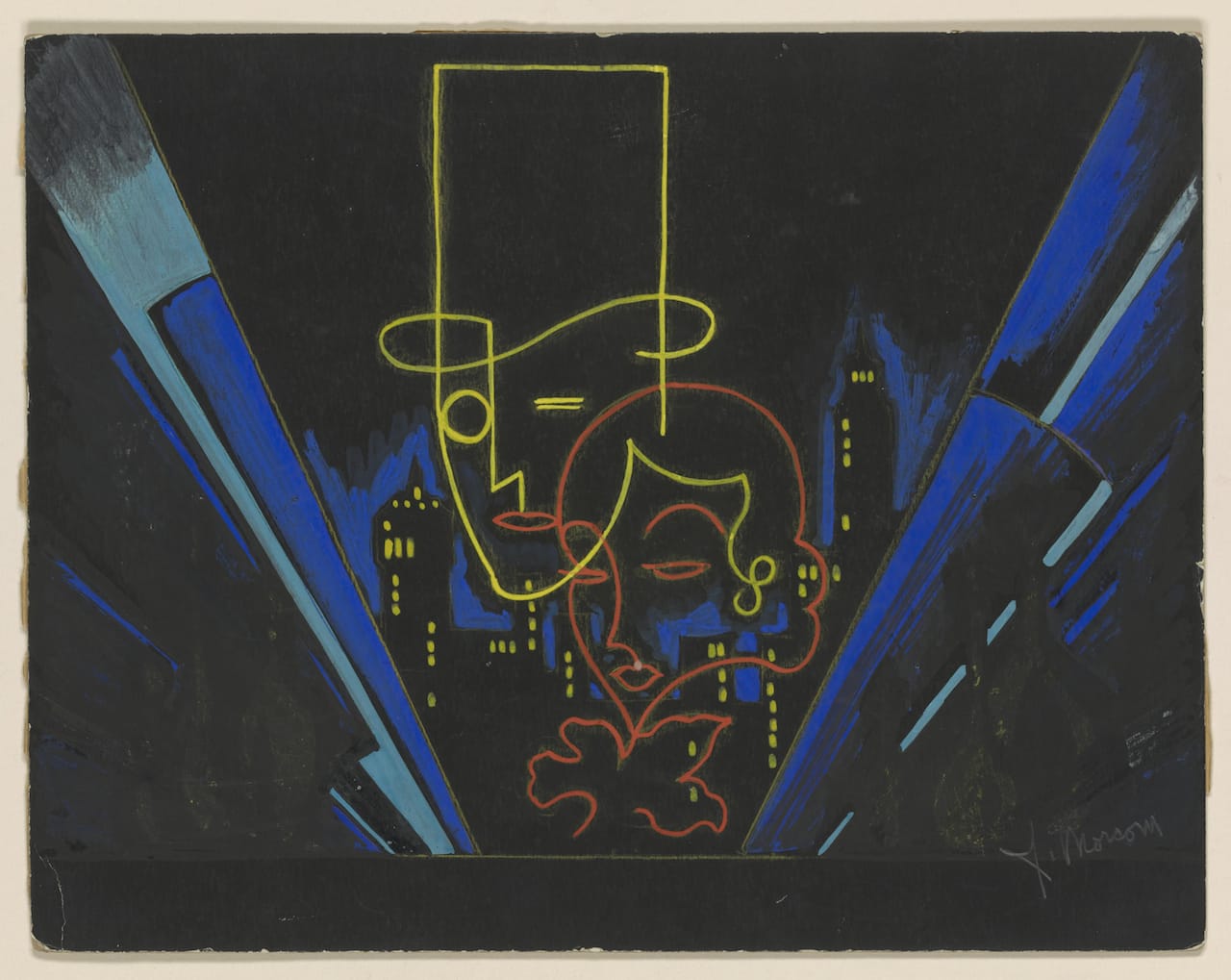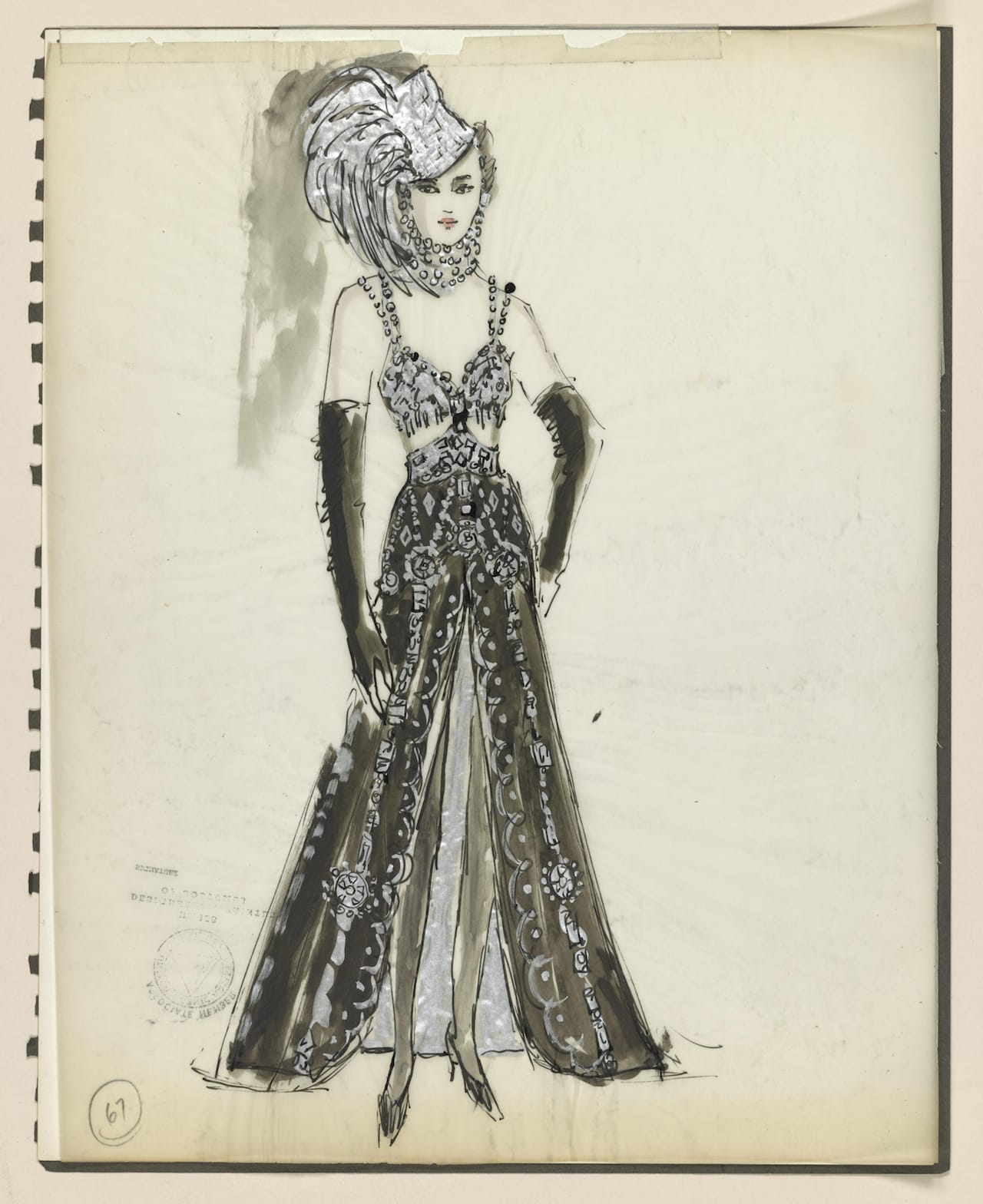From Set Models to Costume Drawings, Library of Congress Showcases Theatrical Design
In the performing arts, stage design often goes overlooked while the audience is captivated by the completely immersive experience of actors, scene, music, and costumes. The current Library of Congress exhibition Grand Illusion: The Art of Theatrical Design showcases this essential craft.

In the performing arts, stage design often goes overlooked while the audience is captivated by the completely immersive experience of actors, scene, music, and costumes. The current Library of Congress exhibition Grand Illusion: The Art of Theatrical Design showcases this essential craft, drawing on the institution’s Music Division, which, with 21 million items, is the largest music collection in the world.
“Even prior to defining theatrical design as an explicit focal point for collecting, we had interesting pockets of design-related materials in the papers of producers, directors, choreographers, lyricists, and composers,” Daniel F. Boomhower, head of reader services in the Music Division, explained to Hyperallergic. Boomhower co-curated Grand Illusion with Walter Zvonchenko, theater curator in the Music Division. While this Library of Congress department has long had standout holdings in music, theater, and dance, Boomhower emphasized that they are currently working on developing “hidden strengths in theatrical design.”

This includes the records of the New Deal–funded Federal Theater Project and in recent years the addition of works by significant theatrical designers like Oliver Smith, Florence Klotz, and Tony Walton. Grand Illusion includes a detailed set model by Walton for the 1989 Grand Hotel musical, alongside a video of him discussing his design process. Klotz’s costume drawings for Pacific Overtures (1976) feature rich shadows and draping, while in Smith’s scenic design for Jerome Robbins’s Broadway (1989) a murky blue night invades Times Square until only the lights are left. With 21 designers connected to 28 productions, from Show Boat to Ziegfeld’s Follies, the show explores the diversity and detail of theater design through renderings, technical drawings, and correspondence. Most of the material is on view to the public for the first time, and for many of the older shows, these drawings and illustrations may be the best way we can get a feel for what a production looked like.
“From a historical and research perspective, design materials represent in many respects an untapped vain of documentary sources,” Boomhower stated. “We’ve attempted to include not just a good selection of vibrant visual materials, but also other kinds of sources to highlight the links between the design process and the collective creative endeavor required to bring a piece to the stage.”









Grand Illusion: The Art of Theatrical Design continues at the Library of Congress’s James Madison Memorial Building (101 Independence Avenue SE, Washington, DC) through July 25. This August, the exhibition will travel to Los Angeles and open in the Walt Disney Concert Hall’s Library of Congress Ira Gershwin Gallery.





